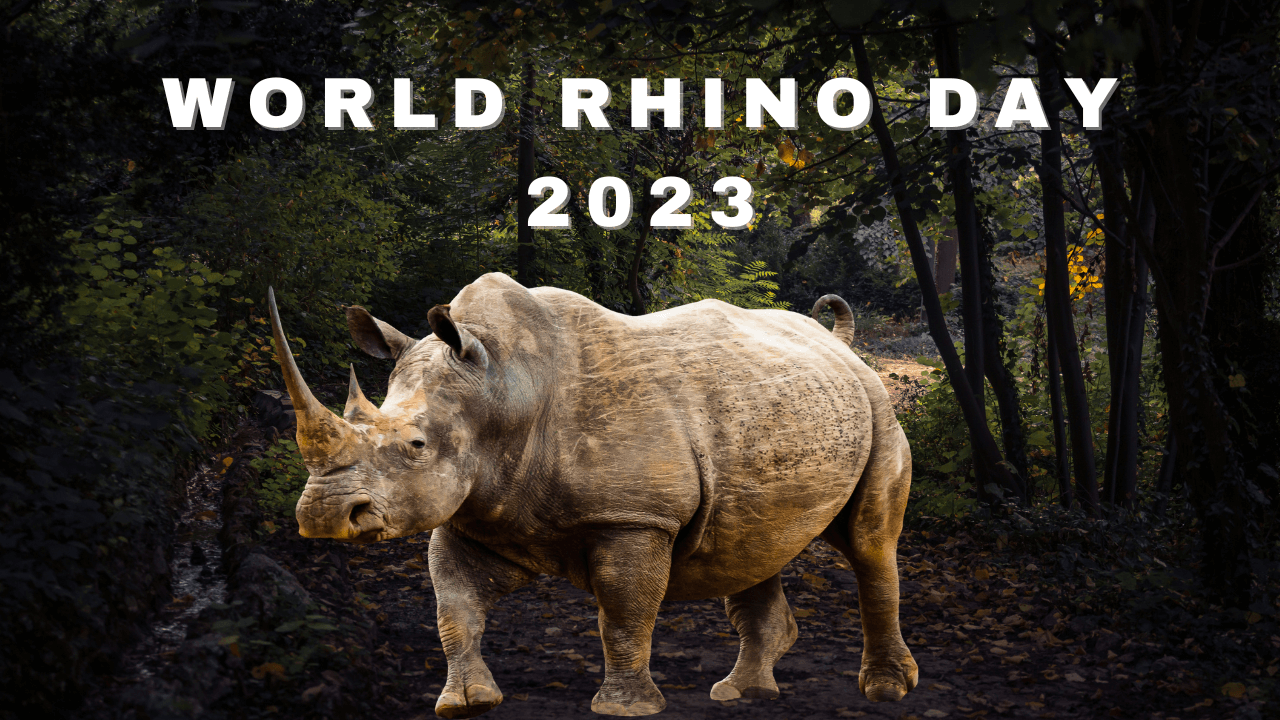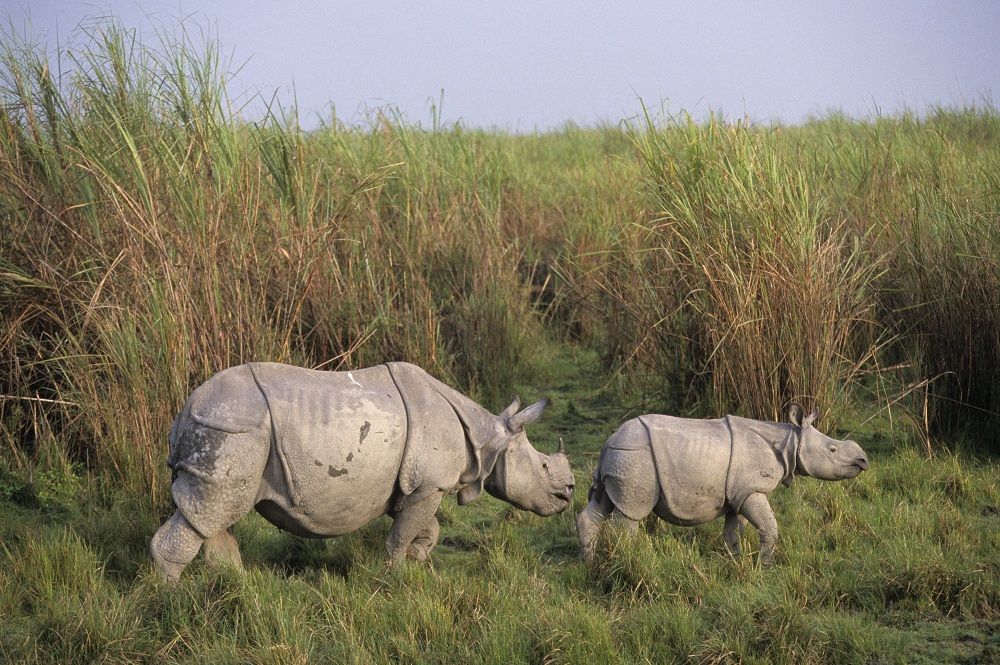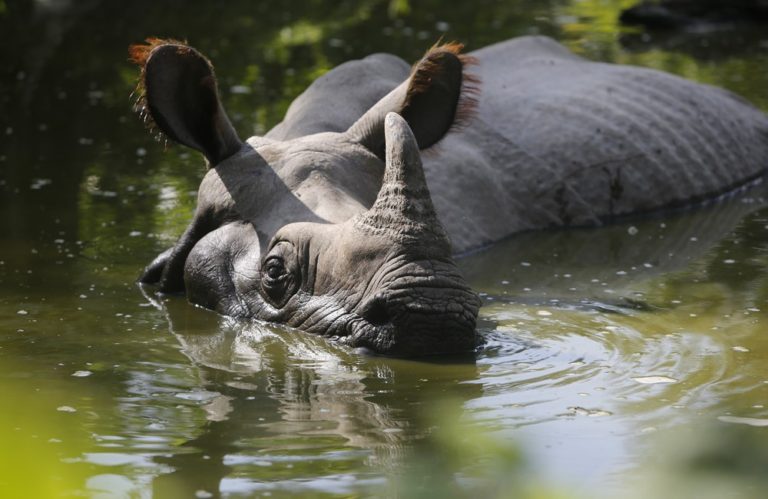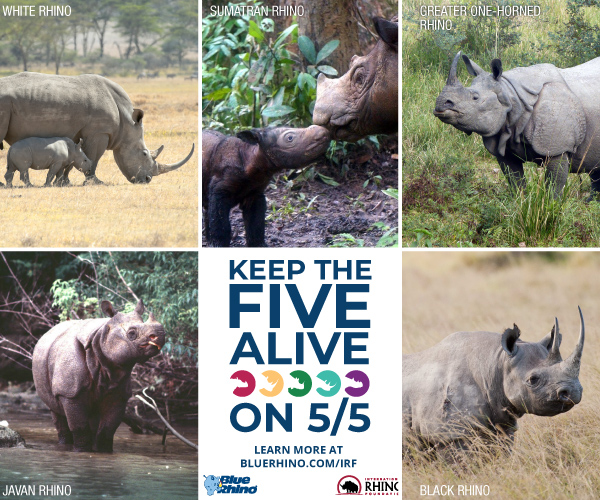Rhinoceros, those magnificent creatures of the forest with their thick skin and iconic horns, have long captivated the hearts of people around the world. Yet, despite their popularity, these incredible animals face a dire threat to their existence. Rhinoceros are now endangered, primarily due to the ruthless practices of poaching, deforestation, and other inhumane activities.

Source: Oliveboard
On 22nd September each year, World Rhino Day serves as a reminder of the urgent need to protect these remarkable beings. As we approach World Rhino Day 2023, it’s crucial to delve into the history and significance of this day to better appreciate the importance of safeguarding rhinoceros populations and their habitats.

Source: Animalia.bio
Habitat
One of the primary challenges faced by rhinoceroses is habitat loss. These magnificent creatures call the lush forests and grasslands of our planet home, and these habitats are rapidly disappearing due to human activities. In India, for instance, the Greater One-Horned Rhinoceros, also known as the Indian rhino, finds refuge in places like Kaziranga National Park and Pobitora Wildlife Sanctuary in Assam, Jaldapara and Gorumara National Parks in West Bengal, and Dudhwa Tiger Reserve in Uttar Pradesh. Despite their restricted habitats, these areas are under constant threat from encroachment and developmental projects.

Source: Save The Rhino
Significance
Understanding the significance of rhinoceros in our ecosystem is pivotal to appreciating the urgency of their conservation. The Indian rhino, the largest of the rhino species, is a prime example. India is home to the largest population of Greater One-Horned Rhinoceros globally, with over 90% of them residing in Assam’s Kaziranga National Park. These rhinos play a vital role in maintaining the ecological balance of their habitats, contributing to the overall health of the ecosystem.
Moreover, rhinos have cultural significance in many societies, and their conservation is not just an ecological imperative but also a cultural one. Their horns, highly valued in some cultures, have made them a target for illegal poaching.

Source: Save the Rhino International
Threats
Rhinoceroses are under siege from multiple fronts:
-Poaching for the Horns: The relentless demand for rhino horns, often driven by myths about their medicinal properties and cultural significance, has driven poachers to target these creatures. The illegal trade in rhino horns remains a significant threat.
-Habitat Loss: As human populations expand and forests are cleared for agriculture and development, rhinos lose their natural habitats. This leaves them vulnerable to further threats and limits their ability to roam and forage.
-Population Density: Rhinos often inhabit areas with high human population densities, increasing the chances of human-wildlife conflicts. These conflicts can result in injury or death for both humans and rhinos.
-Decreasing Genetic Diversity: Small, isolated rhino populations face a loss of genetic diversity, making them more susceptible to diseases and reducing their ability to adapt to changing environments.

Source: Einsty
World Rhino Day
World Rhino Day, observed on 22nd September each year, was introduced by the World Wildlife Fund – South Africa in response to the alarming decline in rhino populations. Initially, there were only 30,000 rhinos left worldwide, and this day serves as a platform to raise awareness about their plight. It highlights how these magnificent creatures are struggling to survive and emphasizes the urgent need to prevent their extinction.
In recent times, a study has shown that the horns of rhinoceroses may have become smaller over time, likely due to the impact of hunting. This reduction in horn size is most pronounced in the critically endangered Sumatran rhino and least in the white rhino of Africa. This trend aligns with patterns seen in other animals, such as elephants and wild sheep, where trophy hunting has led to a decrease in horn or tusk size.
Historically, rhinos were often portrayed as hunting trophies during the era of European imperialism. However, since the mid-20th century, there has been a shift towards portraying rhinos in a conservation context, reflecting changing attitudes towards these majestic creatures.

Source: Blue Rhino
The Current Status of Rhinoceros Species
The International Union for Conservation of Nature (IUCN) classifies rhino species based on their conservation status:
Greater One-Horned Rhino: Vulnerable
Sumatran Rhino: Critically Endangered
Javan Rhino: Vulnerable
Black African Rhino: Critically Endangered
White African Rhino: Near Threatened

The continued survival of these species hinges on our collective efforts to protect their habitats and combat poaching.












































































